detail profile winsor mccay

Winsor McCay
Zenas Winsor McCay
atau dikenal sebagai
Riwayat Hidup
Zenas Winsor McCay (c.
1866–71 – July 26, 1934) was an American cartoonist and animator.
He is best known for the comic strip Little Nemo (1905–14; 1924–26) and the animated film Gertie the Dinosaur (1914).
For contractual reasons, he worked under the pen name Silas on the comic strip Dream of the Rarebit Fiend.
McCay was an early animation pioneer; between 1911 and 1921 he self-financed and animated ten films, some of which survive only as fragments.
The first three served in his vaudeville act; Gertie the Dinosaur was an interactive routine in which McCay appeared to give orders to a trained dinosaur.
McCay and his assistants worked for twenty-two months on his most ambitious film, The Sinking of the Lusitania (1918), a patriotic recreation of the German torpedoing in 1915 of the RMS Lusitania.
Lusitania did not enjoy as much commercial success as the earlier films, and McCay's later movies attracted little attention.
His animation, vaudeville, and comic strip work was gradually curtailed as newspaper magnate William Randolph Hearst, his employer since 1911, expected McCay to devote his energies to editorial illustrations.
In his drawing, McCay made bold, prodigious use of linear perspective, particularly in detailed architecture and cityscapes.
He textured his editorial cartoons with copious fine hatching, and made color a central element in Little Nemo.
His comic strip work has influenced generations of cartoonists and illustrators.
The technical level of McCay's animation—its naturalism, smoothness, and scale—was unmatched until the work of Fleischer Studios in the late 1920s, followed by Walt Disney's feature films in the 1930s.
He pioneered inbetweening, the use of registration marks, cycling, and other animation techniques that were to become standard.
Description above from the Wikipedia article Winsor McCay licensed under CC-BY-SA, full list of contributors on Wikipedia.
Info Pribadi
Peran Yang Di Mainkan Winsor McCay
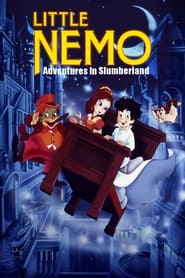 A little boy whose dreams transcend...
A little boy whose dreams transcend...Little Nemo: Adventures in Slumberland 1989
A little boy whose dreams transcend reality is sucked into his own fantasy, which is everything he has dreamed of, until he unleashes an old secret that may not only destroy this perfect dream world but reality itself.
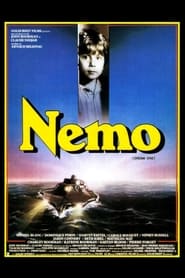 Based on Winsor McCays comic strip...
Based on Winsor McCays comic strip...Dream One 1984
Based on Winsor McCay's comic strip, a little boy embarks on a dream-like adventure. Also known as Dream One.
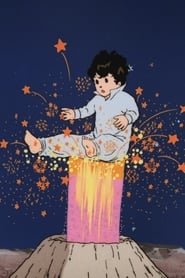 The first of three pilot shorts...
The first of three pilot shorts...Little Nemo: Adventures in Slumberland Pilot 1 1980
The first of three pilot shorts that eventually became the 1989 movie Little Nemo: Adventures in Slumberland.
 The life and career of the...
The life and career of the...Remembering Winsor McCay 1976
The life and career of the great cartoonist Winsor McCay is warmly recalled by his former film assistant, John Fitzsimmons, with clips of classic McCay animated films.
 After eating a rarebit at a...
After eating a rarebit at a...Dreams of the Rarebit Fiend: The Flying House 1921
After eating a rarebit at a party, a woman has a strange dream in which her husband converts their home into a flying machine to escape having to pay the exorbitant interest on the mortgage, on a flight that takes them around the world and to the moon.
 A female centaur enters a clearing...
A female centaur enters a clearing...The Centaurs 1921
A female centaur enters a clearing in the woods and picks flowers. She is met by a male centaur and the two romance each other. They then seek parental consent for their union. Surviving footage of a now lost film.
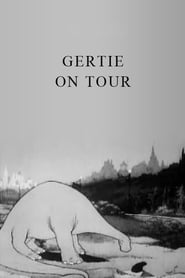 Windsor McCays partially lost followup to...
Windsor McCays partially lost followup to...Gertie on Tour 1921
Windsor McCay's partially lost follow-up to his tremendouly successful Gertie the Dinosaur. Gertie has been brought into the modern world. Continually perplexed by her new surroundings, she begins to explore the new sights. But when she sleeps, she dreams of the way it used to be, in the days when the world was full of dinosaurs like herself.
 After eating a rarebit a man...
After eating a rarebit a man...Dreams of the Rarebit Fiend: The Pet 1921
After eating a rarebit, a man falls asleep and dreams his wife adopts a mysterious animal with an insatiable appetite. The pet eats its milk, the house cat, the house's furnishings, rat poison, and passing vehicles, including airplanes and a blimp, while growing larger and larger. This cartoon is part of a Dream trilogy animated by Winsor McCay in 1921. (CBGP)
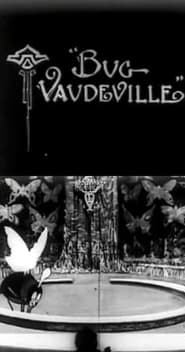 After eating a cheesecake given to...
After eating a cheesecake given to...Dreams of the Rarebit Fiend: Bug Vaudeville 1921
After eating a cheesecake given to him by a kind-hearted lady, a hobo goes to sleep and has a bizarre dream in which insects are putting on a vaudeville show for him, with a grasshopper juggling an ant, a dancing daddy long-legs, etc.
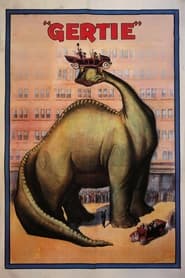 Although not the first featurelength animated...
Although not the first featurelength animated...Gertie the Dinosaur 1914
Although not the first feature-length animated film, as is sometimes thought, it was the first cartoon to feature a character with an appealing personality. The appearance of a true character distinguished it from earlier animated "trick films", such as those of Blackton and Cohl, and makes it the predecessor to later popular cartoons such as those by Walt Disney. The film was also the first to be created using keyframe animation.
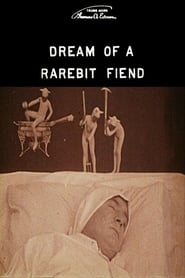 A liveaction film adaptation of the...
A liveaction film adaptation of the...Dream of a Rarebit Fiend 1906
A live-action film adaptation of the comic strip Dream of the Rarebit Fiend by American cartoonist Winsor McCay. This silent short film follows the established theme: the “Rarebit Fiend” gorges himself on rarebit and thus suffers spectacular hallucinatory dreams.
 A young girl discovers a secret...
A young girl discovers a secret...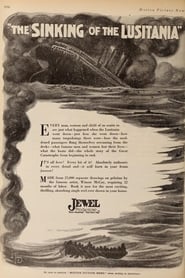 Winsor McCay recreates the sinking of...
Winsor McCay recreates the sinking of...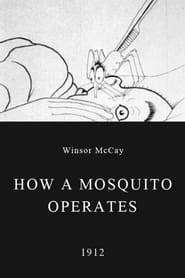 A hungry mosquito spots and follows...
A hungry mosquito spots and follows... Cartoon figures announce via comic strip...
Cartoon figures announce via comic strip...